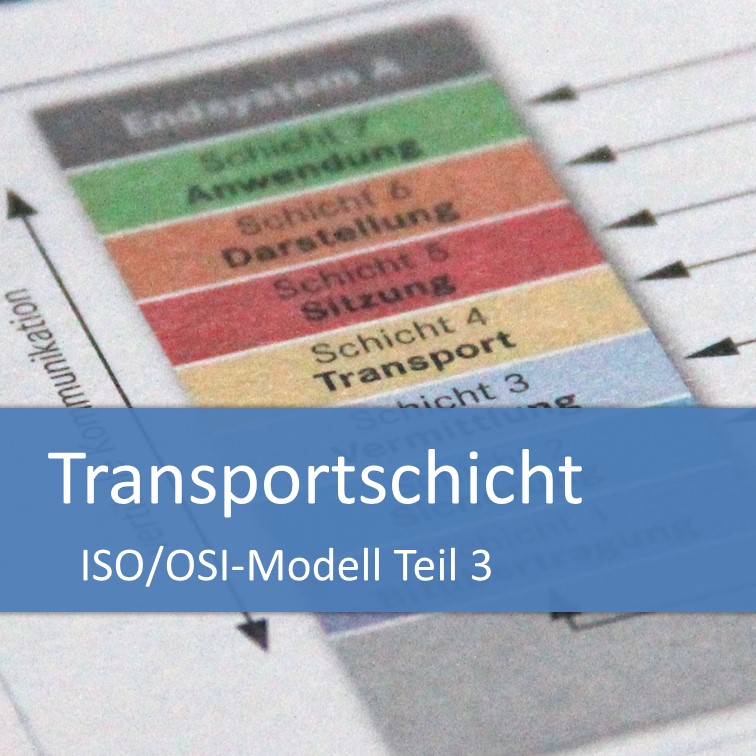
Weiter geht es mit der Schicht 4, der Transportschicht, in Teil 3 meiner Reihe zum ISO/OSI-Modell in der fünfundachzigsten Episode des Anwendungsentwickler-Podcasts.
Podcast: Play in new window | Download (Duration: 33:14 — 12.4MB)
Abonnieren: Apple Podcasts | Spotify | RSS
Inhalt
4: Transportschicht (Transport Layer)
- Wie kommen auch große Datenmengen vollständig und in der korrekten Reihenfolge beim richtigen Dienst des Empfängers an?
- Einheit: Segment bzw. Datagramm
- Zusätzliche Informationen: Ports, Ende-zu-Ende-Kommunikation möglich
- Hardware: Firewall, siehe Anwendungsschicht
- Protokolle: TCP, UDP
Sonstiges
- Three-Way-Handshake: SYN – SYN/ACK – ACK
- Wichtige Protokolle und Ports: Telnet (23), FTP (21), SSH (22), SMTP (25), HTTP (80), POP3 (110), IMAP (143), SMB (137-139), HTTPS (443), Doom (666) 😉
Literaturempfehlungen
 *
*
Links
- Permalink zu dieser Podcast-Episode
- RSS-Feed des Podcasts
- OSI-Modell
- Das OSI-Referenzmodell










Hallo Stefan, der Telnet ist Port 23, auf deinem ShowNotes steht 20.
Gut aufgepasst, danke! Ist korrigiert.